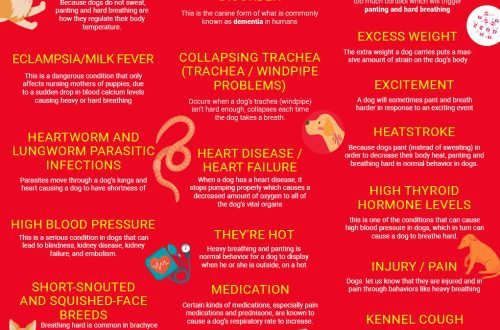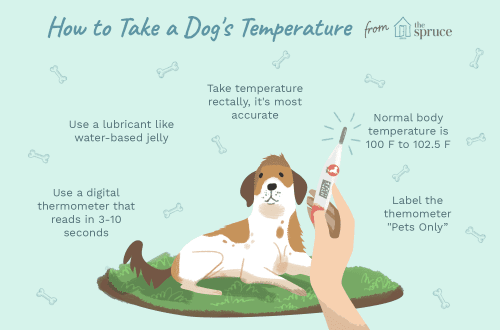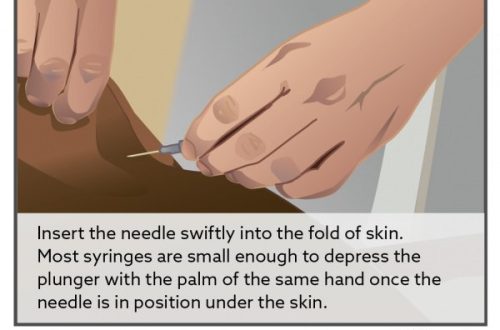
Mastitis in a dog

Contents
Mastitis in a Dog: Essentials
Mastitis is an inflammation of the mammary gland in dogs;
The cause may be a violation of the outflow of milk, infections, injuries, hormonal disorders;
The main symptoms: swelling and pain in the area of the mammary glands, changes in the consistency and color of milk;
Diagnosis includes a doctor’s examination, laboratory tests of milk, sometimes ultrasound and blood tests;
For the treatment of mastitis in dogs, regular milk expression, massage, local ointments with anti-inflammatory components, painkillers, antibiotics, etc. are used. In each case, the treatment should be selected individually;
Prevention consists in regular examinations, hygiene measures.
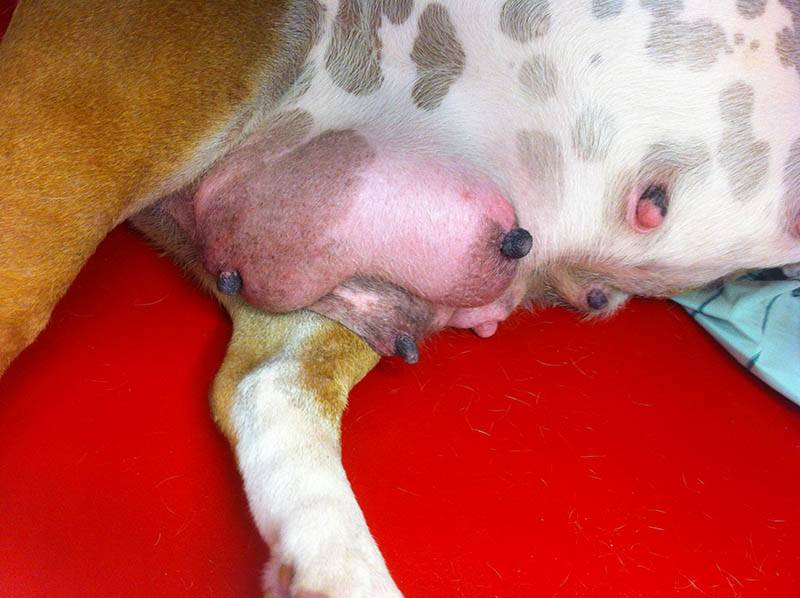
Photo source: criticalcaredvm.com
Causes of the disease
Mastitis most often occurs in lactating dogs, but sometimes the disease can occur without lactation. The reason may be:
Excessive lactation. If milk is produced in large quantities and is not expressed, then this leads to stagnation and inflammation.
Wrong, too fast weaning of puppies. The mammary glands produce a certain amount of milk; if the puppies stop feeding abruptly, the milk will stagnate and, with a high probability, mastitis will occur.
Injury. A favorite can get hurt on a walk, hit, an insect can bite her.
Systemic infections. Many infections spread through the body through the bloodstream. Of course, microorganisms can enter the mammary glands and cause an inflammatory process there.
False pregnancy. This is a hormonal disorder in which the dog’s body undergoes changes, as if she were pregnant. 50-60 days after estrus, lactation may begin, but there are no puppies, and the milk stagnates, which leads to mastitis.
Subcooling. Mastitis can occur if the pet often lies on cold surfaces or is kept in a cold enclosure.
Anatomical features. Individual characteristics, of course, also play an important role. The pet may have defects in the structure of the nipples, narrowing of the milk ducts.
Tumors. Neoplasms can form both in the mammary gland itself and in neighboring organs. Often they are accompanied by necrosis (tissue death) and inflammation of the mammary gland. They can also compress the milk ducts and the glands themselves.

Symptoms of mastitis
The signs of mastitis and the intensity of the symptoms can vary greatly depending on the severity of the disease, its duration, and the cause.
It is worth paying attention to the following symptoms:
Swelling, redness and soreness in the area of the mammary glands.
With mastitis in a dog, seals form in the area of uXNUMXbuXNUMXbthe mammary glands (see photo). At first, the glands simply increase in size, but as the disease progresses, they become denser.
Change in color and texture of milk. Milk may become thicker or, conversely, thinner, flakes, blood impurities may appear in it. The color, depending on the type of inflammation, may turn green, yellow or brown. Milk can acquire an unpleasant odor.
Puppies are sick. Due to the fact that the milk is spoiled, puppies become lethargic, may refuse to eat, and diarrhea often begins.
Lack of interest in puppies or aggression towards them. Feeding causes a lot of pain in the dog, and he avoids contact with puppies or may even snap at them.
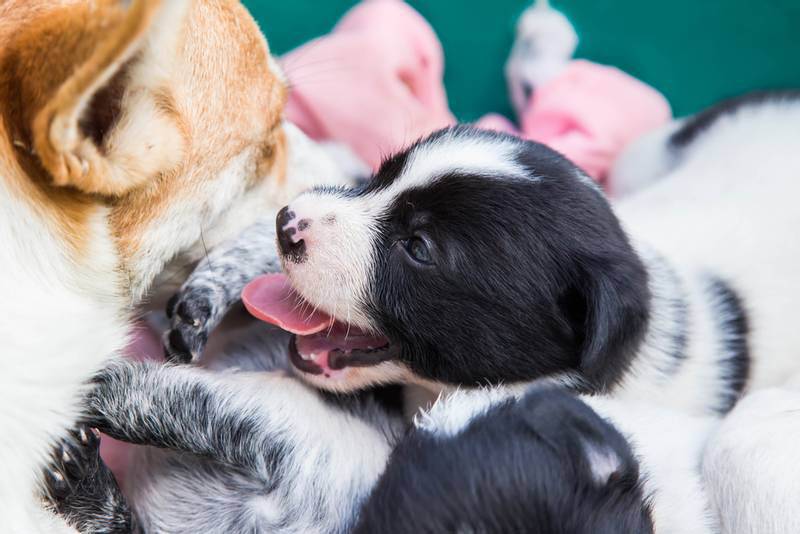
In addition to the symptoms of mastitis, general symptoms such as:
lethargy;
Fever;
diarrhea/vomiting;
Decreased appetite or refusal to eat.
Diagnostics
The first step is to see a veterinarian. The doctor will be able to suspect mastitis or even make this diagnosis at the reception. However, in order to find out the cause and choose the optimal treatment regimen, tests and, possibly, ultrasound will be required:
A clinical blood test will help to understand how acute the inflammatory process is.
Cytology and Gram staining of milk. It is important to conduct a separate examination of each breast, since inflammation can spread to them with different intensity. Quite often it happens that only a few milk bags become inflamed (for example, in case of injury), and the rest of the glands are healthy, you can even let puppies go to them.
Ultrasound of the mammary glands. Volumetric seals may require ultrasound, so it will be possible to understand if cavities have begun to form, which must be treated surgically.
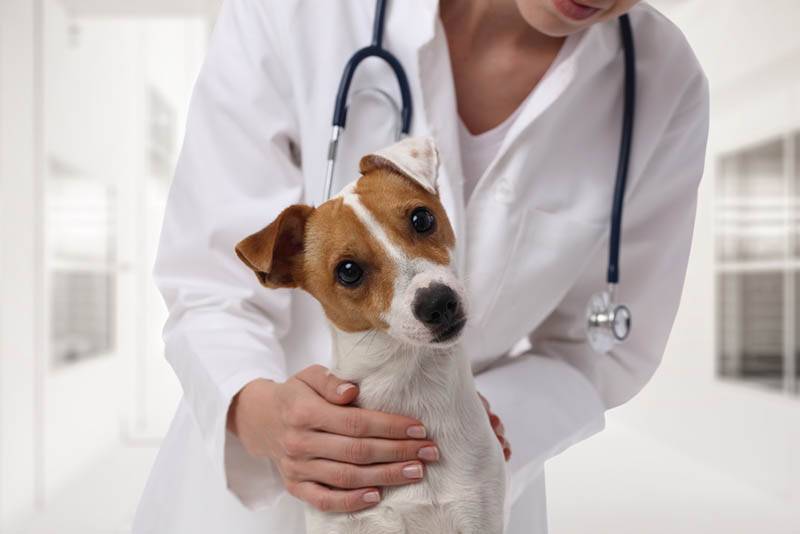
Treatment of mastitis in dogs
How and how to treat mastitis in a dog will depend on how far the pathological process has gone, as well as on the cause of the disease.
For treatment, the following measures can be taken:
Massage of the mammary glands, pumping milk. For adequate outflow and prevention of stagnation, it is recommended to express milk gently. You need to do this very carefully, because your pet hurts when you touch inflamed milk bags.
Ointments with anti-inflammatory components and antibiotics. Drugs are prescribed to relieve symptoms of pain and fight superficial infection. Also, ointments prevent secondary infection with microflora from the surface of the nipples.
Systemic antibiotics. Drugs are prescribed in the form of tablets or injections. The choice of antibiotic will depend on the result of the blood and milk test.
Painkillers systemically. Assigned orally or by injection. Necessary for pain relief or fever reduction.
Drugs for stopping lactation. There are drugs that stop lactation – in the early stages of mastitis, this is very effective. But the dosage and duration of the course should be selected individually, depending on the intensity of lactation and the severity of the inflammatory process. In some cases, their use is contraindicated.
Surgery. Sometimes mastitis leads to the formation of pathological cavities in dogs (abscesses, hematomas, lymphoextravasate), in such cases, opening these cavities, removing the pathological fluid, and washing the cavity is required. With the formation of tumors or areas of necrosis (tissue death), surgical removal of the affected areas or even the entire breast is required.
Certain drinking regimen and diet. To reduce milk production for some time, it will be necessary to limit the pet in water and in certain nutrients. Sometimes you even need to endure a starvation diet. But this measure should be recommended by a veterinarian, because mastitis is not always associated with excessive lactation. Sometimes the restriction in food and water can aggravate the situation.
Transfer of puppies to artificial feeding. With mastitis, milk will become dangerous for babies. During the period of inflammation, puppies should be transferred to artificial feeding or a nurse dog should be found for them. Sometimes it is allowed for puppies to receive milk from healthy glands, while the affected milk bags are covered with a cloth / blanket or sealed with a band-aid. But such feeding is possible only in the case when mastitis is not infectious (for example, with an injury or anatomical features of the dog).
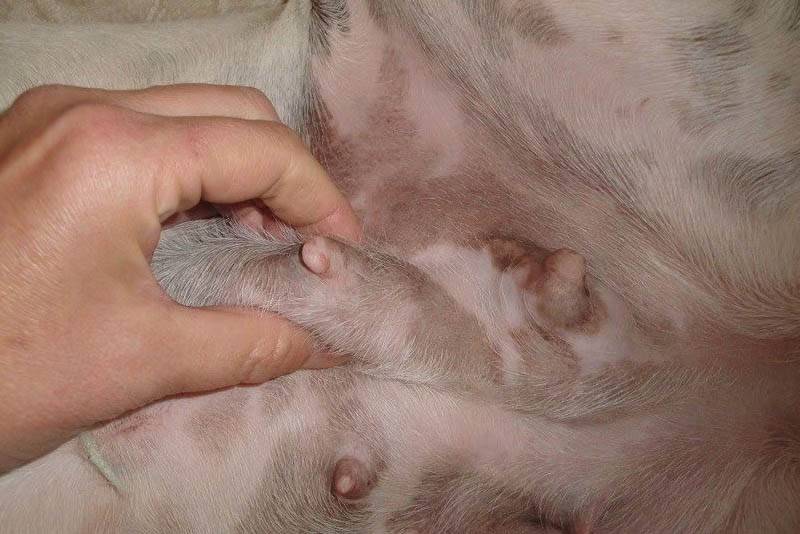
Photo source: urbananimalveterinary.com
Prevention
Any disease is easier to prevent than to treat. If your dog periodically suffers from such a pathology as false pregnancy, it is worth discussing the need for sterilization with your doctor or contacting a reproductive specialist.
It is necessary to regularly examine the abdomen and chest of the pet, in case of any deviations, consult a doctor immediately. The inflammation process can escalate very quickly.
Puppies need to trim their nails. The bedding needs to be changed regularly. After a walk, thoroughly rinse the hair around the mammary glands.
Keep the dog on a warm and soft bed. If the pet lives in an aviary, you need to seriously think about a warm booth and good bedding in it.
Any injuries / scratches should be immediately treated with an antiseptic (miramistin, chlorhexidine aqueous solution) and contact the clinic.
In any case, what to do with mastitis in a dog should be decided by a veterinarian.
19 May 2021
Updated: 20 May 2021



